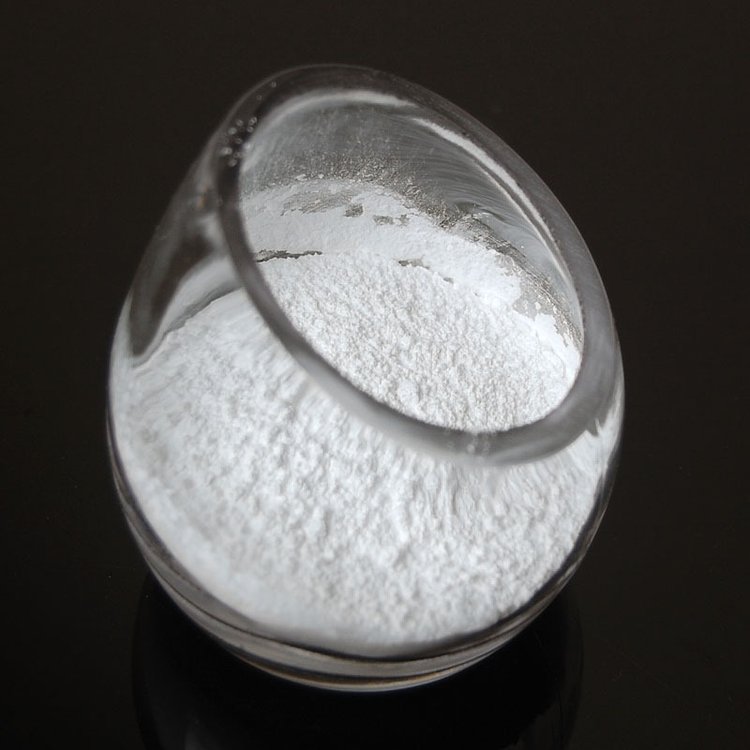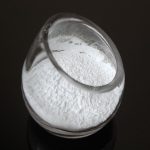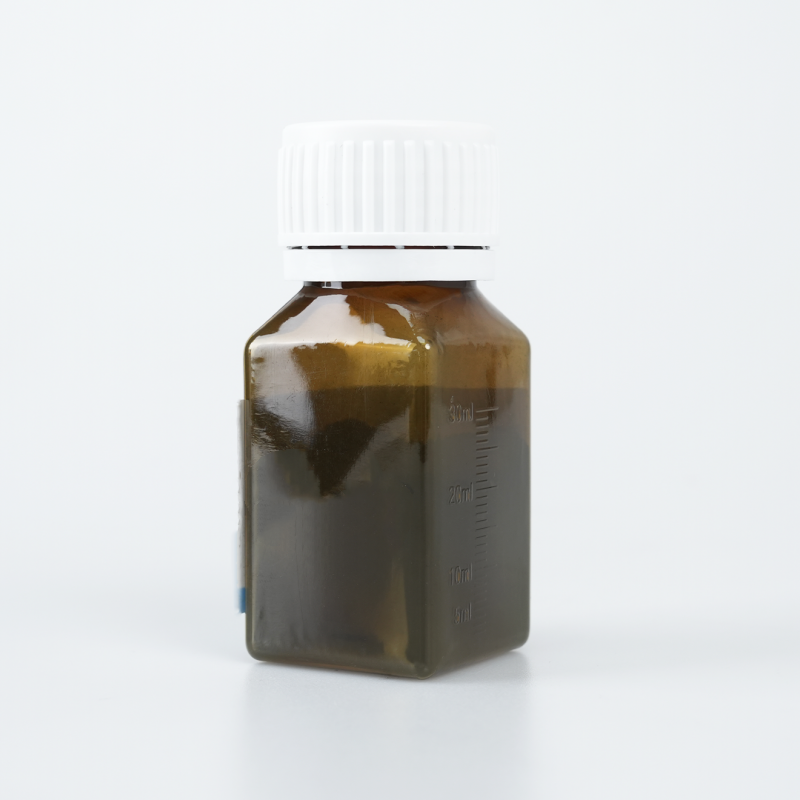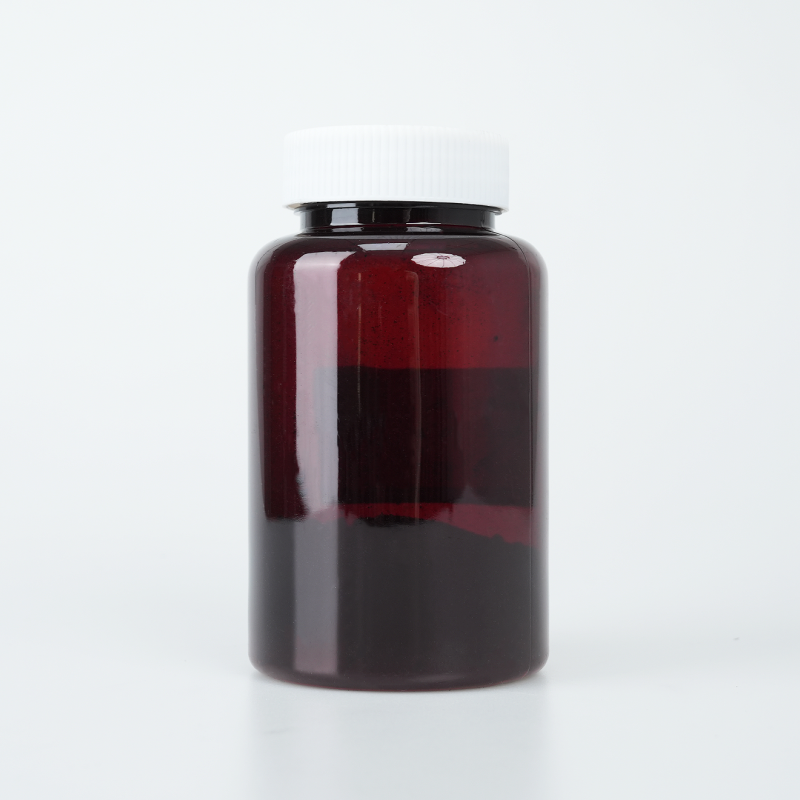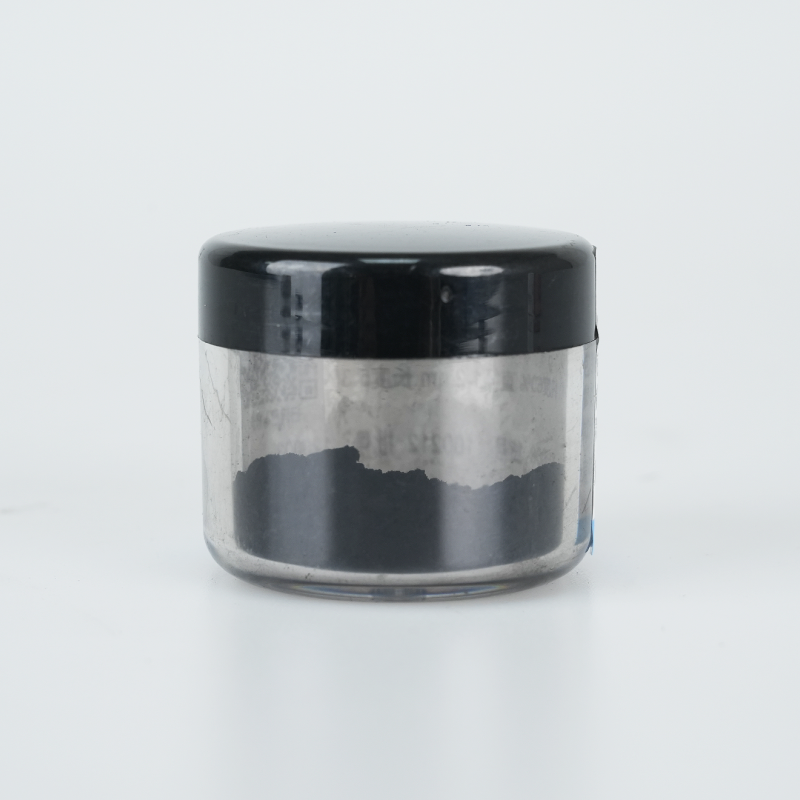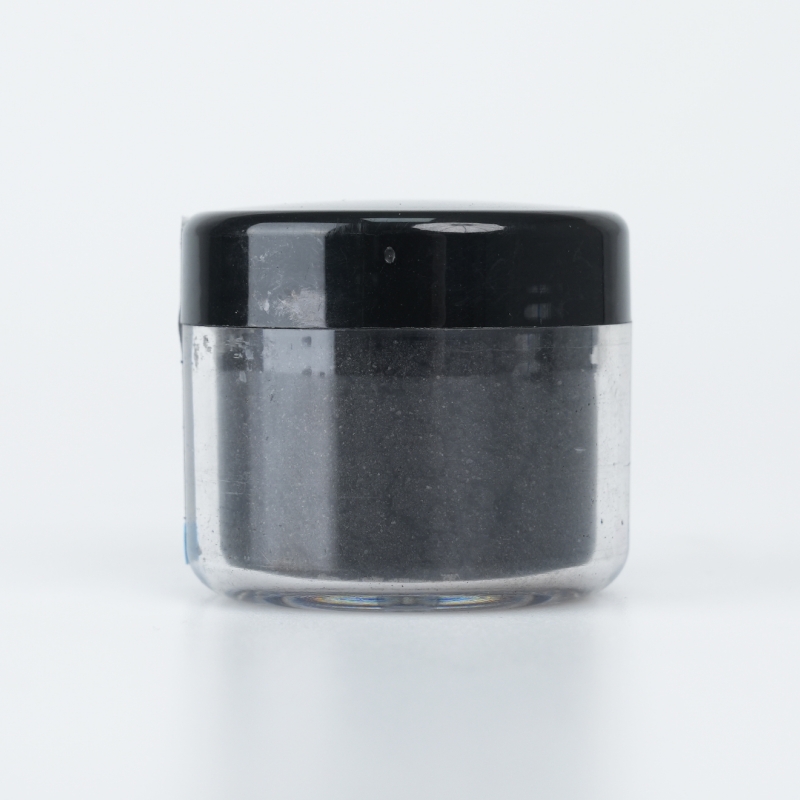Yttria-stabilized nano zirconia (YSZ) provides optimized ionic conductivity, superior thermal stability, and enhanced mechanical strength. Designed for advanced applications, it ensures efficient charge transfer, extended durability, and high-performance adaptability.
Product Overview
Yttria-Stabilized Nano Zirconia (YSZ) is a high-performance material formed by doping nano-scale zirconium dioxide with yttrium. It exhibits outstanding high-temperature resistance, oxidation resistance, and wear resistance. The addition of yttrium stabilizes the crystal structure, allowing the material to retain excellent mechanical strength and structural integrity even under extreme conditions. YSZ is widely used across industries that require materials with high strength, toughness, and thermal stability.
Key Features
- High hardness and wear resistance:Greatly improves the durability of coatings and components, extending service life.
- Excellent thermal stability:Maintains structural stability under high-temperature conditions.
- Enhanced mechanical properties:Improves the strength and toughness of ceramic materials.
- Biocompatibility:Suitable for use in medical and bio-ceramic applications.
Applications
- Wear-resistant and thermal barrier coatings:Ideal for surface treatment and thermal insulation in extreme environments.
- Abrasives and grinding tools:Used in mill liners, cutting tools, nozzles, and ball bearings for enhanced durability.
- Functional and structural ceramics:Suitable for electronic ceramics, biomedical ceramics, and various structural ceramic products.
- Synthetic gemstones and polishing materials:Used to produce high-quality synthetic gems and precision abrasives.
- Refractory and battery materials:Applied as an additive in refractory materials, lithium batteries, and solid oxide fuel cells (SOFCs).
- Automotive catalyst carriers:Serves as a carrier for automotive exhaust catalysts.
- Piezoelectric and oxygen sensing components:Used in piezoelectric devices, oxygen sensors, and NOX sensors.
| Model | ZR30 | ZR30Y3 | ZR30Y5 | ZR30Y8 |
| Crystal Structure | Monoclinic | Tetragonal | Tetragonal | Cubic |
| Particle Size (nm) | 30-50 | 30-50 | 30-50 | 30-50 |
| ZrO₂ + HfO₂ Content (%) | 99.90% | 94.70% | 91.50% | 86.50% |
| Y₂O₃ Content (wt%) | 0 | 5.3±0.3 | 8.5±0.3 | 13.5±0.3 |
| Al₂O₃ Content (%) | ≤0.005% | 0.01% | 0.01% | 0.01% |
| SiO₂ Content (%) | ≤0.005% | 0.01% | 0.01% | 0.01% |
| Fe₂O₃ Content (%) | ≤0.003% | 0.01% | 0.01% | 0.01% |
| CaO Content (%) | ≤0.003% | 0.01% | 0.01% | 0.01% |
| MgO Content (%) | ≤0.003% | 0.01% | 0.01% | 0.01% |
| TiO₂ Content (%) | ≤0.001% | 0.00% | 0.00% | 0.00% |
| Na₂O Content (%) | ≤0.001% | 0.01% | 0.01% | 0.01% |
| Cl⁻ Content (%) | ≤0.1% | 0.10% | 0.10% | 0.10% |
| Loss on Ignition (%) | ≤0.8% | 0.80% | 0.90% | 0.85% |
 new material
new material

